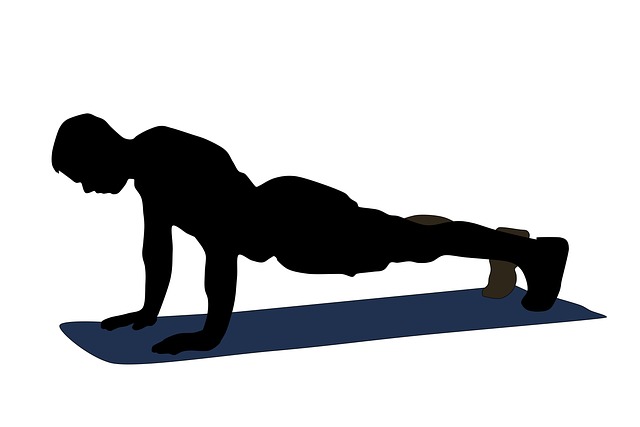If you’re new to strength training or fitness, you’ve probably come across terms like RPE, 1RM, and workout volume. While they might sound technical, these are essential concepts that help you track progress, avoid injury, and optimize your workouts. Here, we’ll explain each one in simple terms and show you how to apply them in your training.
What is RPE (Rate of Perceived Exertion)?
RPE stands for Rate of Perceived Exertion, a scale that helps measure how hard an exercise feels. It’s usually rated on a scale from 1 to 10, where:
-
1 = Very easy (e.g., walking slowly)
-
5 = Moderate effort (e.g., a manageable jog or light lifting)
-
8 = Hard, but manageable with focus
-
10 = Max effort, can’t do another rep
Why It Matters:
RPE helps tailor your workouts to your current energy and recovery levels. Instead of relying solely on weight numbers, you train based on how your body actually feels making your routine more adaptable and safer.
What is 1RM (One-Rep Max)?
1RM stands for One-Rep Max, the maximum amount of weight you can lift for one full repetition with proper form. It’s used to gauge your absolute strength and as a baseline for setting training loads.
For example:
-
If your 1RM for the squat is 200 lbs, lifting 100 lbs would be 50% of your 1RM.
How to Estimate Your 1RM (without maxing out)
Use a 1RM calculator or formula based on how many reps you can do at a given weight. For example, if you can lift 150 lbs for 5 reps, your estimated 1RM would be around 175–180 lbs.
What is Workout Volume?
Workout volume refers to the total amount of work done in a session or over time, typically calculated as:
Volume = Sets × Reps × Weight
Example
-
3 sets of 10 reps at 100 lbs = 3 × 10 × 100 = 3,000 lbs of total volume.
Why It Matters:
Workout volume helps determine the overall stimulus and intensity of your training. Gradually increasing your volume over time (called progressive overload) is key to building muscle and strength.
How They All Work Together
-
Use RPE to adjust your effort and ensure you’re not overtraining or undertraining.
-
Use 1RM to set percentages for structured strength programs (e.g., lift 70% of your 1RM for 5 reps).
-
Use volume tracking to monitor growth and ensure your workouts are effective over time.
Sample Beginner Workout Using These Concepts
Goal Build strength with safe intensity
Exercise Barbell Squat
| Week | Sets x Reps | % of 1RM | Target RPE | Notes |
|---|---|---|---|---|
| 1 | 3×8 | 65% | 6–7 | Light to moderate effort |
| 2 | 4×6 | 70% | 7 | Controlled tempo |
| 3 | 3×5 | 75% | 8 | Challenging but clean reps |
| 4 | 2×3 | 80% | 8–9 | Near-max effort, short session |
Beginners
-
Don’t chase max weights too early focus on form and consistency.
-
Keep a training log to track RPE, weights used, and total volume.
-
Use deload weeks or rest days when RPE feels unusually high.
-
Be patient progress comes with time, not ego.
Understanding RPE, 1RM, and workout volume gives you the tools to train with purpose, not guesswork. These metrics help balance effort, recovery, and growth leading to smarter, safer, and more effective workouts. Whether you’re training at home or in the gym, mastering these basics sets the foundation for long-term fitness success.


